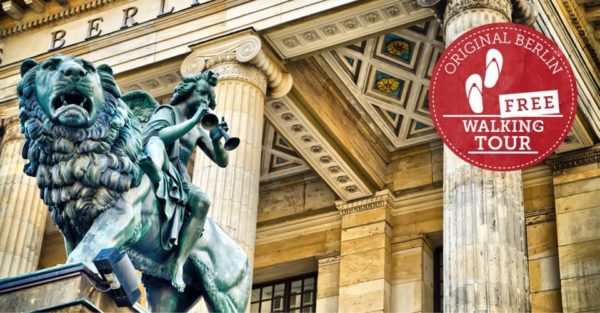Understanding the Berlin Blockade
The Berlin Blockade may be define d as an important historical event that was witnessed during the cold war winter of 1948/49. It has been one of historical importance that due to the animosity between the Soviet Union and the western Allies leading to the division in Berlin and the subsequent events leading to what came after the Second World War.
The Historical Context
Before we examine the Berlin Blockade, therefore, it is necessary to consider the history leading up to that event. Following World War II, Germany and its capital city, Berlin, were divided into four occupied zones controlled by the Allies: Australia, and her allies including the United States, the Soviet Union, the United Kingdom, and France. Yet, the relationships between these occupying powers were not long lived as a result of ideological differences.
Rising Tensions
Disagreements on ideological grounds between the Soviet Union militants and that of the western democratic Allies provided the basis for the division of the occupying forces. In the middle of this split was Berlin, which, although situated as far from the Allies as possible, was also divided into four parts. This division became a symbol of an overall East/West confrontation.
In this work those first steps of the blockade are presented and explained.
The Berlin Blockade arose from the decision of the Soviet Union to oppose formation of a new currency in the western zones of Germany. Wishing to bring order in the post-war economy development the western allies introduced the Deutsche Mark in their zones together with West Berlin. Agreeing to this, the Soviet Union proclaimed the action as contrary to the Potsdam Agreement provisions.
The Key Occurrences During the Blockade
The Soviet Response
In an act of aggression, the Soviet Union closed the roads and the water ways to West Berlin on twenty-four June, 1948. This blockade concerned all kinds of necessary supplies: food, fuel, and other resources to potentially push the Western Allies out of the city. The Soviet action was an act of provocation of the ongoing cold war between the two sides.
The Berlin Airlift
Having found themselves surrounded and blocked, the Western Allies undertook an exceptional operation called the Berlin Airlift. For over a year, supply planes airlifted needed supplies into West Berlin saving its residents’ lives and sustenance. This massive logistical movement was characterised by round the clock flights and helped reveal the spirit of the western allies to resist.
The Aftermath
The Berlin Blockade ended on the 12th of May 1949 when the Soviet Union ceased with the blockade. It however left effects on the international system for it continued to determine states’ relations. It accentuated the decoupling between the communist East and the liberal democracy West; Germany was officially partitioned between East Germany and West Germany. These divisions were present up to the time the country was reunified in 1990.
Conclusion
The Berlin Blockade was a pivotal moment in history that showcased the power struggles and ideological differences between the Soviet Union and the Western Allies during the Cold War. By understanding the events surrounding the blockade, we can gain valuable insights into the subsequent geopolitical landscape and appreciate the determination and resilience of those involved in the Berlin Airlift. It is a testament to the human spirit and the quest for freedom even in the face of great adversity
Table of Contents

